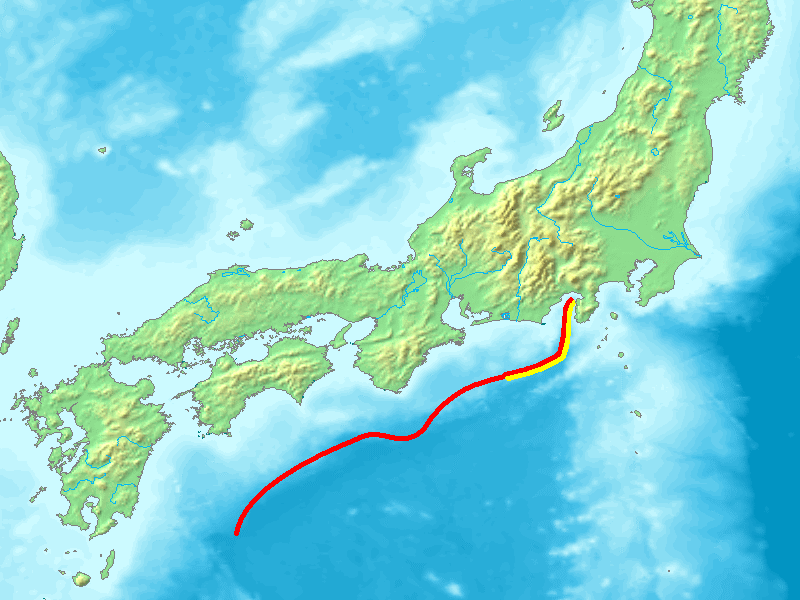Groundbreaking Discovery of Slow-Motion Earthquake in Japan's Nankai Trough

In a significant geological discovery, scientists have identified a rare type of earthquake occurring in the Nankai Trough off the coast of Japan. This event, known as a slow-slip earthquake, was observed by researchers from the University of Texas Institute for Geophysics (UTIG) and marks a critical advancement in understanding the mechanics of subduction zones, which are crucial for tsunami prediction.
The slow-motion earthquake, first detected in autumn 2015 and observed again in 2020, unfolded over weeks, shifting only millimeters at a time. Researchers utilized a new network of borehole observatories installed hundreds of feet in the seabed, which provided unprecedented sensitivity to detect such subtle movements. "It's like a ripple moving across the plate interface," explained Josh Edgington, a PhD candidate involved in the analysis of the data.
According to Demian Saffer, director of UTIG and lead author of the study published in the journal Science, the slow-slip events provide vital insights into how stress accumulates and is released along fault lines. This is particularly important in the context of tsunami risk, as understanding these slow-slip phenomena could help mitigate the potential impact of future seismic events.
The Nankai Trough is a historically significant region, known for its potential to produce catastrophic earthquakes and tsunamis. In 1946, a major earthquake in this area resulted in over 1,300 fatalities and widespread destruction. The current research suggests that the slow-slip events function more like a tectonic shock absorber, periodically releasing energy and potentially reducing the strain that accumulates in deeper segments of the fault.
Furthermore, the study indicates a correlation between slow-slip events and high pore-fluid pressures in the fault zones, supporting the theory that overpressured fluids facilitate these movements. This finding offers a new metric for assessing tsunami risks associated with similar faults globally.
The implications of this research extend beyond Japan. According to Saffer, monitoring similar slow-slip phenomena in other tectonically active regions such as Cascadia, Chile, and Indonesia could provide critical data on their seismic activity. Understanding whether these areas exhibit similar slow-slip behavior can refine tsunami hazard forecasts, potentially offering coastal communities vital additional time to prepare for incoming tsunamis.
Despite the promising insights gained from the Nankai Trough observations, scientists caution against complacency. The deeper segments of the fault remain capable of sudden failure, underscoring the need for continued research and monitoring. As the geological community analyzes the dataset from the borehole observatories, the hope is to further delineate the conditions that lead to either quiet slip or violent rupture. This ongoing investigation aims to unlock the secrets of earthquake cycles and enhance predictive capabilities, ultimately saving lives and minimizing property damage in vulnerable regions.
In conclusion, the discovery of slow-motion earthquakes at the Nankai Trough not only enriches our understanding of tectonic dynamics but also highlights the necessity of sophisticated monitoring techniques in earthquake-prone regions worldwide. The findings represent a crucial step in improving tsunami preparedness and risk management strategies, which are imperative given the increasing frequency of seismic events globally.
Advertisement
Tags
Advertisement





